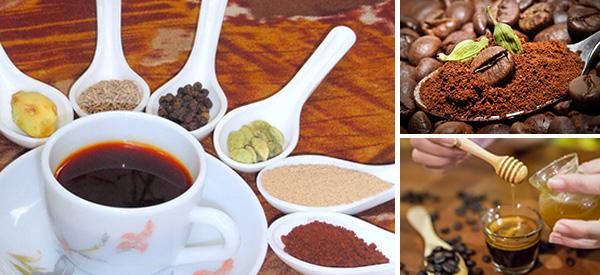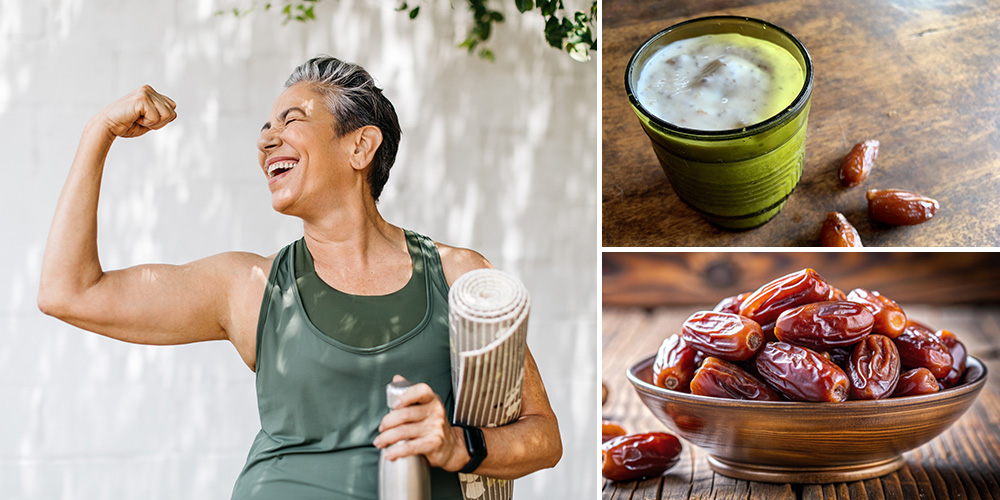
How Long Should You Infuse Tea For?
There’s something quietly sacred about the ritual of making tea. The simple act of pouring hot water over dried leaves connects us to centuries of herbal wisdom — a moment where time slows and nature does its quiet work. But one question often stirs debate among tea drinkers and herbalists alike: how long should you infuse tea for?
The truth is, the answer depends not only on the type of tea but also on your purpose. Are you savoring a relaxing cup for pleasure, or brewing a medicinal infusion to restore balance and vitality? Let’s look deeper into the art and science of steeping — guided by the gentle hands of herbal tradition.
The Benefits of Proper Tea Infusion
Tea and herbal infusions have long been valued for their ability to calm, restore, and nourish. But how you steep your tea can greatly influence its therapeutic benefits.
A shorter steeping time captures delicate aromas and subtle flavors, ideal for a refreshing daily cup. Longer infusions, however, unlock the full spectrum of minerals, antioxidants, and healing compounds — transforming a simple beverage into a restorative tonic.
For example:
- Green and white teas are rich in catechins that protect against oxidative stress but can turn bitter if over-steeped.
- Roots and barks such as ginger, burdock, or licorice release anti-inflammatory and digestive-supporting compounds with time and heat.
- Flowers and leaves like chamomile or peppermint retain more volatile oils when covered during infusion, promoting calm and easing digestion.
Each plant offers a unique profile — and steeping it properly helps ensure that none of its goodness is lost.
When you infuse tea correctly, you’re not just creating flavor; you’re coaxing nature’s healing chemistry into your cup. Some herbs contain compounds that take time to activate, while others can be destroyed by excess heat or time. Understanding these small but crucial differences is what separates a pleasant beverage from a deeply therapeutic brew.
In traditional herbalism, the tea’s “spirit” is just as important as its chemistry. A well-timed infusion is believed to align with your body’s rhythm, supporting not only the physical system but also emotional balance. Many herbalists recommend drinking tea in stillness — focusing on each sip as both nourishment and medicine.
How Long to Infuse Different Types of Tea
Infusion time is a dance between extraction and preservation. Too short, and your tea may lack depth. Too long, and tannins can overpower its sweetness.
Here’s a helpful guide:
| Tea Type | Water Temperature | Ideal Steep Time |
| White Tea | 160–175°F (70–80°C) | 2–5 minutes |
| Green Tea | 170–185°F (75–85°C) | 1–3 minutes |
| Oolong Tea | 185–205°F (85–96°C) | 3–5 minutes |
| Black Tea | 200–212°F (93–100°C) | 3–5 minutes |
| Pu-erh Tea | 200–212°F (93–100°C) | 4–6 minutes |
| Herbal Tea (Tisane) | 200–212°F (93–100°C) | 5–15 minutes |
Medicinal teas often steep even longer — up to 30 minutes — to extract the deeper nutrients from tougher plant material. Dense herbs, roots, and seeds are sometimes simmered gently as decoctions, allowing their essence to infuse slowly.
Steeping time also depends on your desired strength. A lighter infusion might soothe nerves or aid digestion, while a longer one can act as a tonic to strengthen immunity or detoxify the body. If you’re unsure, start with the shorter time and taste as you go — tea will always guide you with its changing aroma and color.
Related: Dandelion Wolfberry Tea: A Restorative Blend for Daily Vitality
Remember that water quality plays a subtle but vital role. Use fresh, filtered water whenever possible, as hard or treated water can alter the extraction process and dull the natural flavor. Many herbalists also recommend using ceramic, glass, or clay teapots to prevent any metallic taste from interfering with delicate herbal compounds.
How to Prepare the Perfect Cup
- Start with quality water. Use fresh, filtered water — free from chlorine or heavy minerals that can alter the tea’s flavor.
- Warm your teapot or mug. Pouring hot water into a cold vessel can shock delicate leaves and reduce infusion quality.
- Measure carefully. Generally, use one teaspoon of tea per cup. For herbs, one tablespoon is ideal.
- Cover while steeping. This helps trap the steam and essential oils that carry much of the plant’s therapeutic power.
- Be mindful of timing. Use a timer to maintain consistency, and adjust based on taste and purpose.
Taking a moment to prepare your tea mindfully can enhance both its flavor and its effect. The warmth of the pot, the scent of rising steam, and the slow change of color all contribute to a soothing ritual that restores calm. The more intention you bring to the process, the more your body seems to respond in kind.
If you’re brewing medicinal teas, consider the vessel as part of the process — a wide-mouthed glass jar or stainless-steel pot allows herbs to expand and release their essence more fully. Always strain through a fine mesh or cloth to retain clarity and avoid bitterness from over-steeped leaves.
Herbal Tips from Tradition
- For calming blends like chamomile or lemon balm, steep 5–7 minutes for gentle relaxation.
- For digestive blends (ginger, fennel, peppermint), infuse for 10–15 minutes to draw out more potency.
- For detoxifying or immune-supportive teas (nettle, burdock, echinacea), let the herbs rest covered for 20–30 minutes for full effect.
- Always store herbs in airtight glass jars, away from sunlight, to maintain freshness and strength.
If you’re foraging or blending your own tea, always ensure that the herbs are properly dried and stored. Moisture can degrade the active compounds and even introduce mold. Proper storage preserves the plant’s vitality and aroma, ensuring every cup tastes like it was harvested yesterday.
A small touch of natural sweetener like honey or stevia can balance stronger herbal flavors without masking their therapeutic essence. Some herbalists also recommend adding a slice of lemon or a pinch of salt to open up certain compounds — a trick borrowed from ancient apothecaries who understood the synergy between taste and medicine.
Final Thoughts
In a world that rushes everything, tea asks us to pause. Every infusion is a conversation between plant and water — a quiet exchange of energy and patience. Whether you steep for a minute or half an hour, remember that this small ritual links you to generations of healers and tea drinkers who understood one timeless truth: healing takes time, and nature never hurries.
So next time you brew, slow down. Breathe. Watch the leaves unfurl. Let the water work its magic. A cup of tea is not just refreshment — it’s a small act of alignment with the natural rhythm of life, a daily practice in mindfulness and gratitude.
And as you sip, consider the lineage of wisdom in every drop — the hands that grew, picked, dried, and shared these plants. When treated with respect, a simple cup of tea becomes a bridge between you and the natural world.
Discover More in The Forgotten Home Apothecary
If you’re drawn to the wisdom of traditional herbalism and want to create remedies, tonics, and teas that truly heal, you’ll love The Forgotten Home Apothecary.
Inside, you’ll find:
- Step-by-step recipes for healing teas, tinctures, and balms
- A guide to wild foraging and plant identification
- Methods to preserve herbs and build a lifelong home apothecary
- Time-tested knowledge to help you heal naturally — right from your kitchen
This is more than a book — it’s a bridge between you and the earth’s quiet medicine.
👉 Discover The Forgotten Home Apothecary today!
If you’ve ever felt the pull to live closer to nature — to take your health back into your own hands — this book is where that journey begins. It’s a trusted companion for anyone ready to restore ancient wisdom to modern life and rediscover the gentle power of the plants that surround us.
With each recipe, you’ll learn not just how to prepare natural remedies, but how to listen to your body’s cues, trust your intuition, and grow more self-reliant with every season. Your healing journey starts with a single cup — and the knowledge to brew it well.
You may also like:
 Parsley Tea for Inflammation of The Urinary Tract
Parsley Tea for Inflammation of The Urinary Tract
The Best Natural Painkiller That Grows in Your Own Backyard (Video)
The Best Tea for Colds: Soothing Brews to Help You Feel Better Fast
Fennel Tea: A Soothing Brew with Ancient Roots and Modern Benefits








